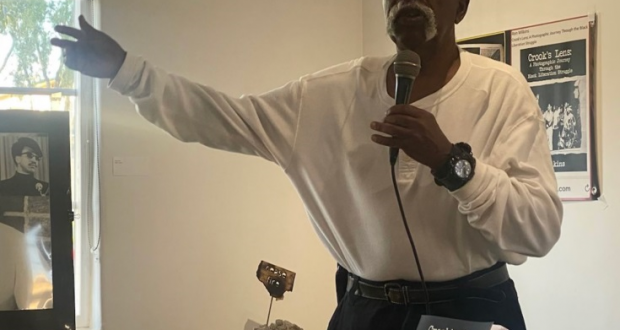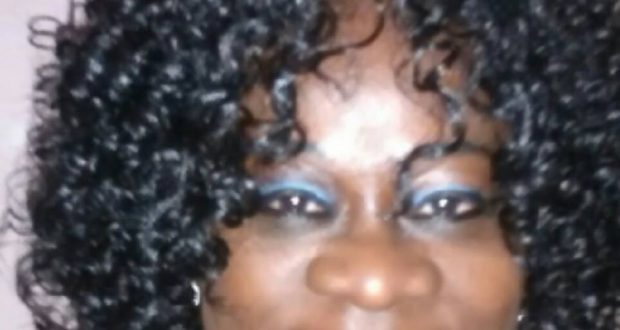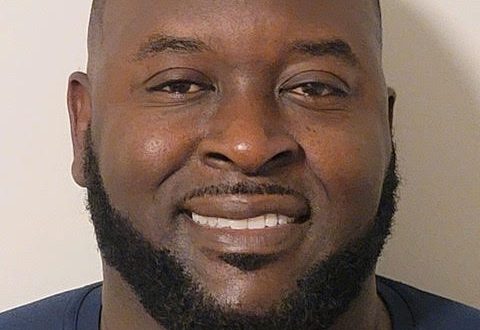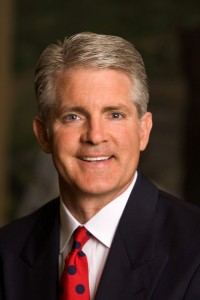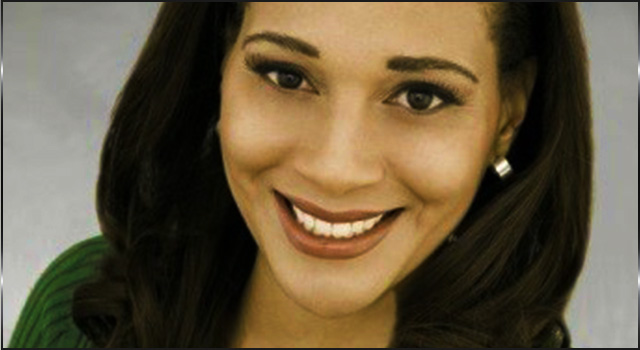Interview and write-up by Naomi K. Bonman
Mother’s Day is not just about celebrating women who are biological mothers, but it is also about celebrating those women who possess motherly traits. You do not have to be a mother to be recognized on Mother’s Day. There are several women out there who are role models for youth and other young women that do not have any biological children of their own, but they care about leading others in the right direction and making their lives better through their careers and passions.
Dr. Misee Harris is one of those women who can be classified as phenomenal. She is a model, philanthropist and nationally recognized leader in the realm of pediatric and sports dentistry, as well as in the advocacy for children with developmental disabilities. Dr. Harris graduated with honors from the University of Tennessee at Chattanooga in 2006. She then went on to attend the University Of Kentucky College Of Dentistry where she earned a Doctorate of Dental Medicine Degree. Upon receiving that degree, she became the first African American woman to be accepted into the University of Kentucky Pediatric Dentistry Residency Program.
The successful demist has definitely been making power moves in her medical career. In addition to medicine, she is also an aspiring actress who has sought out to change the perception of how minorities are viewed in entertainment. In 2013, Dr. Harris launched a social media

Dr. Harris is a dentist, philanthropist, model and aspiring actress who is changing the game in entertainment
campaign to become America’s first African American Bachelorette after she opted out of season 9 of The Bachelor upon realizing that she was only cast on the show to fill a quota for the African American woman who would get voted out in the first round. Her social media campaign received great feedback, “I had no idea that it would go viral. It showed that America wanted to see minorities on the show and for thing to be mixed up, especially with interracial dating being popular. It would bring in a new audience,” Harris stated.
Since then Harris has been busy taping anew reality show called “On The Rise” that features three professional Black women as they go about their everyday lives and chronicles events that take place on a daily basis. The stars are Misee Harris, a pediatric dentist, model and actress from Columbia, Tn.; Fawn Stone, an inspiring actress from Los Angeles, Ca.; and Lakesha Yvette Walker, a screenwriter from Graceville, Fl. “On The Rise” will be a “down to earth” reality show that will allow viewers an inside peek into what these three busy women deal with in their professional careers and private lives during their downtime at home. It is not your ordinary reality television show. “On The Rise” is currently filming and set to debut sometime this year.
“African American woman are showed in a negative light,” Harris explains. “We want to show the ones who have goals. Since the early 2000’s and the hit show ‘Girlfriends’, there haven’t been as many shows that portray [us] in a positive light.”
In addition to her reality series, Dr. Harris has made it through several rounds of casting for ABC‘s reality show “Shark Tank” and is now waiting to see if she will make the final cut. If so, she will be presenting her newly designed and customized ProFit Athletic Mouth Guards.
For more information on Misee Harris, please visit www.miseeharris.com.
 Westside Story Newspaper – Online The News of The Empire – Sharing the Quest for Excellence
Westside Story Newspaper – Online The News of The Empire – Sharing the Quest for Excellence
